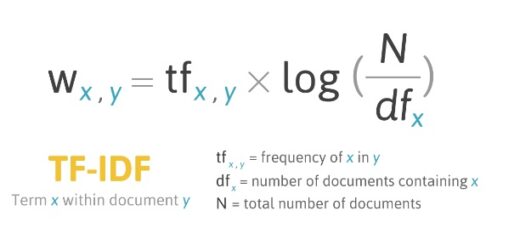How Statistical Analysis Helps To Employ The Correct Analyses, And Effectively Communicate The Results?
How Statistical Analysis Helps To Employ The Correct Analyses, And Effectively Communicate The Results?
The science of learning from data is known as statistics-statistical expertise aids in collecting data, applying reliable analyses, and efficiently presenting results.
Statistics is an essential part of making scientific discoveries, making data-driven decisions, and making forecasts. Statistics assists you in gaining a better understanding of a subject.
Currently, top universities and industry leaders are offering different statistical analysis courses. Mwananchi Credit is well-known for providing loans that are quick, reasonable, and have long repayment terms.
First and foremost, statisticians serve as guides for deriving meaning from data and navigating frequent issues that might lead to erroneous findings.
Second, given the increasing relevance of data-driven decisions and opinions, you must be able to objectively evaluate the quality of analyses presented to you by others.
Statistics, in my opinion, is a fascinating field that involves the pleasure of discovery, learning, and testing one’s ideas.
Statistics makes it easier to create new knowledge. We are gradually pushing back the boundaries of what is known.
Statistics draws valid conclusions based on numerical evidence:
Statistics are more than simply facts and figures. Instead, it’s a set of skills and techniques that enable you to learn from data reliably.
Statistics allow you to assess arguments using quantitative evidence and distinguish between reasonable and dubious conclusions. It is essential because the information is abundant, as are persons with unknown motives who give interpretations.
Statisticians provide crucial help in the creation of reliable analyses and predictions. Statistical experts can assist investigators in avoiding a variety of analytical pitfalls.

When analysts use statistical methods correctly, they get accurate results. The statistical analysis accounts for the uncertainty and error in the outcomes.
Statisticians make ensuring that all components of a study do correctly to obtain reliable results. These are some of the methods:
- Producing Reliable Data
- Analyzing the data in the right way.
- Give a reasonable conclusion.
Statisticians are well-versed in how to avoid common blunders:
The use of statistical analyses to generate study conclusions is the climax of a lengthy procedure. Creating the study design, selecting and measuring the variables, inventing the sampling procedure and sample size, cleaning the data, and determining the analytic methodology are just a few of the challenges during this process.
The complete chain of events determines the quality of the final product. A single weak link could cause unpredictable outcomes. The following list gives you a glimpse of the issues and faults that can arise during a study.
Biased samples: A sample that is wrongly drawing can bias the results from the start. For example, if a study uses human subjects, the issues may differ from non-subjects to influence the results. Inferential Statistics: Populations, Parameters, and Samples.
Overgeneralization: Findings from one community may not apply to another. Regrettably, it’s not always evident what separates one population from another. Statistical judgments are always constrained, and you must be aware of these restrictions.
Causality: When X produces a change in Y, how do you know? Statisticians must adhere to strict guidelines to presume cause, whereas others are more willing to accept causal linkages. Many people assume a causal relationship when A comes before B and A is connecting with B.
To ensure that the results represent causality, you’ll need to utilize an experimental design with random assignment. Find out how to tell if you’re looking at causation or correlation.
Incorrect analysis: Is your analysis of a multivariate research region with only one variable wrong? Or are you relying on an insufficient set of variables? Maybe you’re evaluating the mean when the median would be a better choice? Or did you try to fit a linear connection to nonlinear data?
There are many analytical techniques available, but not all of them are appropriate for every case.
Infringing on an analysis’ assumptions: Most statistical studies have premises. These assumptions frequently involve sample, variable, data, and model features. Certain assumptions can waive under certain circumstances—sometimes thanks to the central limit theorem. When a crucial assumption broke, the results can be deceptive.
Data mining: Even if analysts do everything else right, looking at a dataset for too long might lead to artificially significant results. Because of chance patterns in the data, specific tests will be statistically significant when analysts run many of them. The number of tests performed during a study is meticulously tracking by statisticians, who then place the data in the correct context.
Make an Impact in Your Field by Using Statistics:
Statistical analyses are utilized in nearly every field to make sense of the massive amounts of data accessible. Even if statistics aren’t your primary topic of study, it can help you make an impact in any field you choose.
You’ll almost certainly require a working knowledge of statistical methodology to create new findings in your subject and comprehend the work of others.
As a statistician, on the other hand, your abilities are in high demand in various settings, including universities, research labs, government, and industry. Furthermore, statistical occupations are frequently well compensated.





